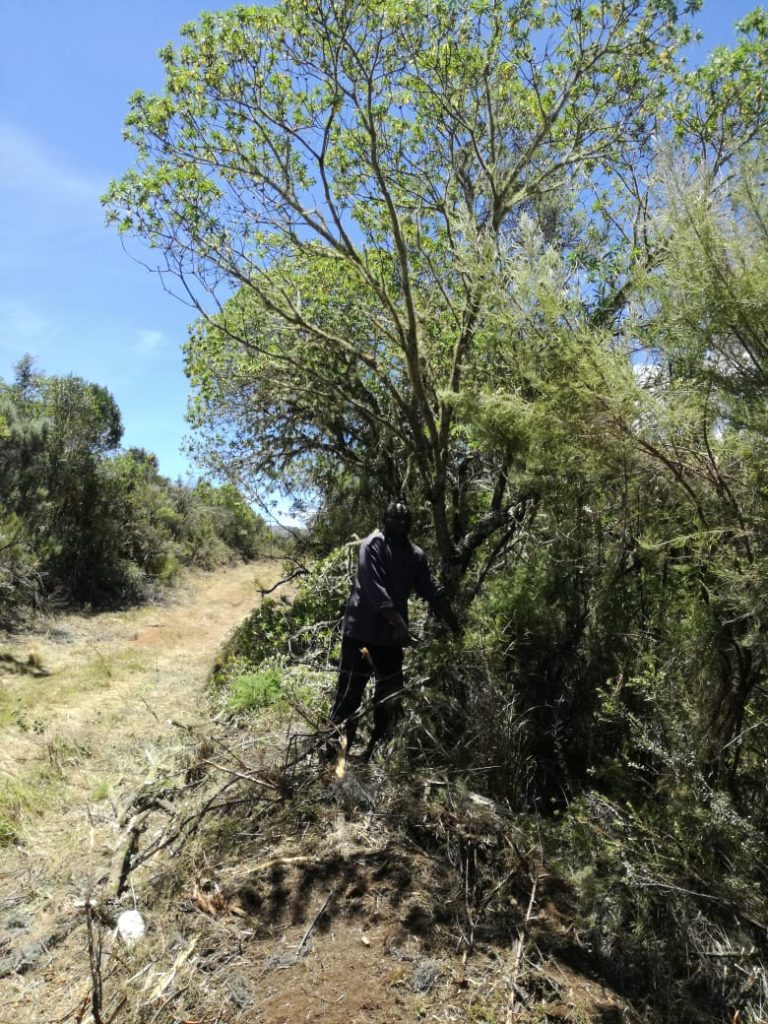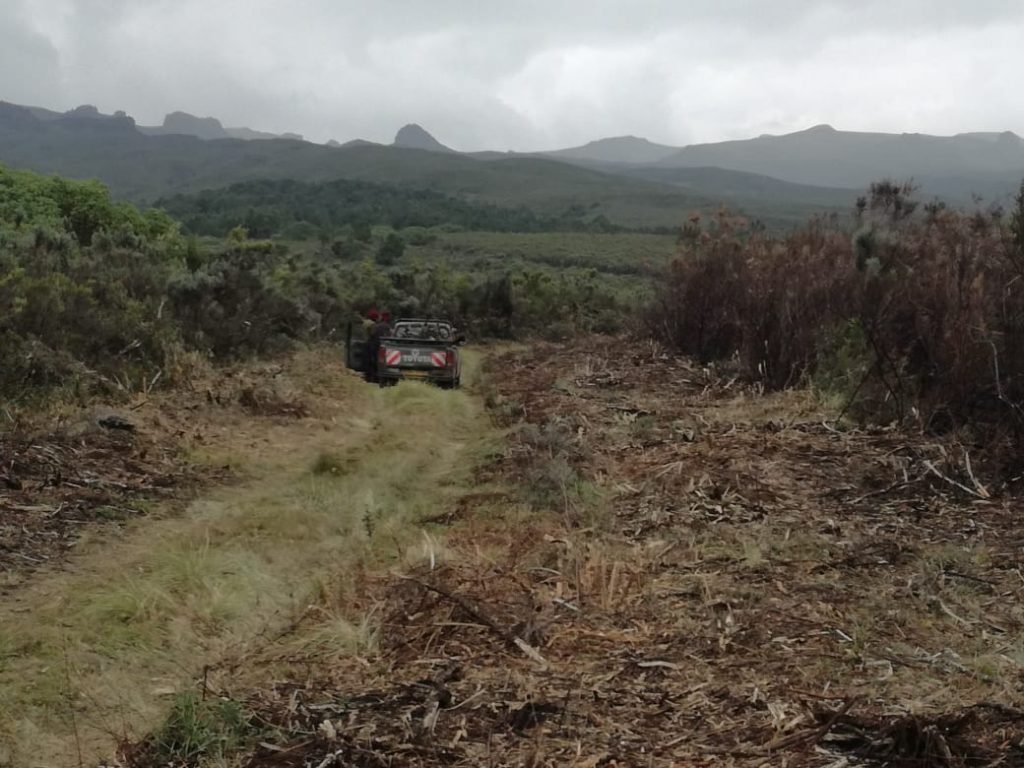Creating and Maintaining Firebreaks
Firebreaks and Back burns
A firebreak is a gap in vegetation or other combustible material that acts as a barrier to slow or stop the progress of a bushfire or wildfire. A firebreak may occur naturally where there is a lack of vegetation or “fuel”, such as a river or dam. Firebreaks may also be man-made, and many of these also serve as roads, such as a park roads, four-wheel drive trail, secondary road, or a highway. The purpose of a firebreak is to provide an area of reduced fuel load which will reduce the intensity of a fire and therefore allow for more effectively combating and to also serve as a line from which a back burn can be started.
In the construction of a firebreak, the primary goal is to remove deadwood and undergrowth down to bare soil. Although fire- breaks cannot completely protect moorland and farms against large bush fires, they play an important role in controlling and containing smaller fires on the farm – and are compulsory by law. Grass fires Act 372
Firebreaks are often backed up with other firefighting efforts. Even then, it is still sometimes possible for fire to spread across a seemingly impenetrable divide. Back burning involves starting small fires along a man-made or natural firebreak in front of the main fire front. Back burning reduces the amount of fuel that’s available to the main fire by the time that it reaches the burnt area. Where should we create firebreaks? External firebreaks act as a barrier to slow or stop the progress of a fire and provide fire protection on the boundaries

How to create Firebreaks
Prepare firebreaks on the side of the boundary. Owners of adjoining land may agree to position a common firebreak away from the boundary.
Discuss fire breaks with neighbours and plan together – it should be in the right place, cost-effective and be practical to implement. Document your agreed fire breaks.
External firebreaks can be provided in various ways, including the regular burning of grassland or other bordering vegetation, adding prescribed burned stands, ploughing of firebreaks, scraping of firebreaks or hand-clearing fire breaks.
It should be wide enough and long enough to have a reasonable chance of preventing a fire from spreading to or from neighbouring land, It should does not cause soil erosion;
It should be reasonably free of a flammable material capable of carrying a fire across it; and It is maintained.
Some natural (or human-made) bush conditions, e.g. recently burned bush (younger than four years), a natural bush, a dam or river, old farmlands and floodplains can be regarded as a natural firebreak.

